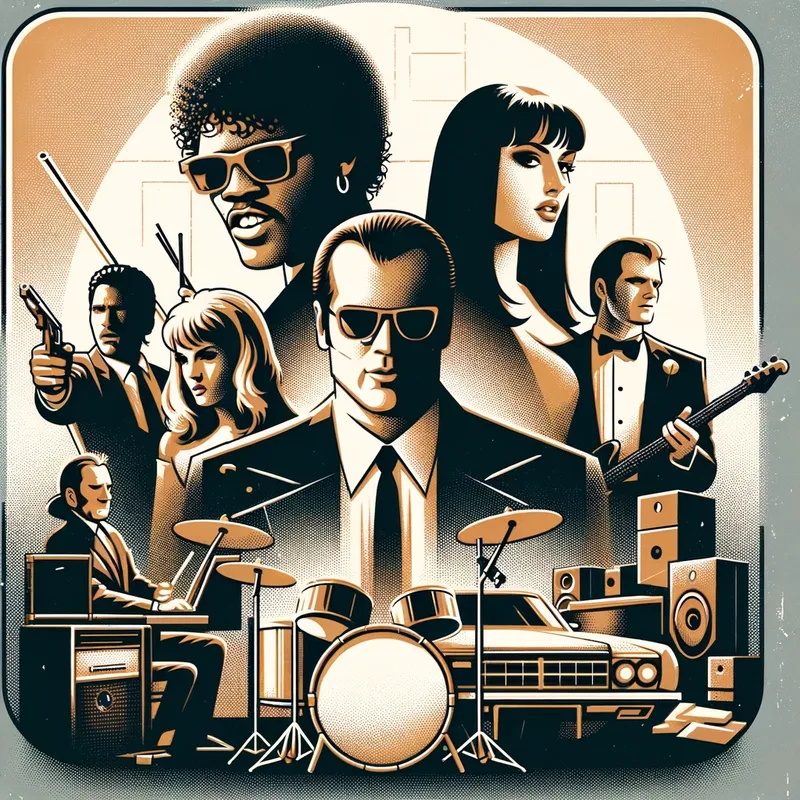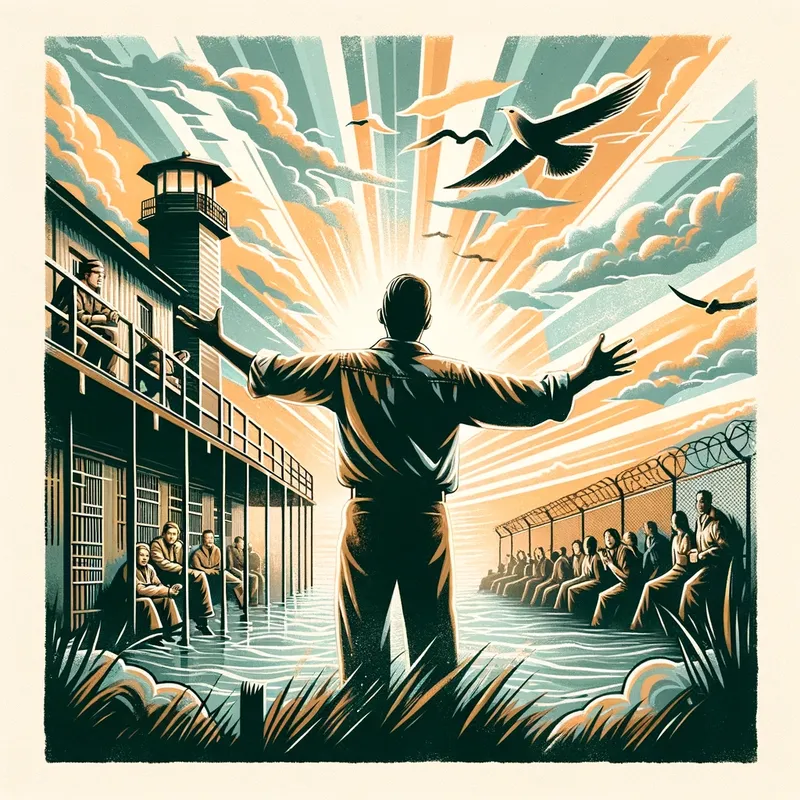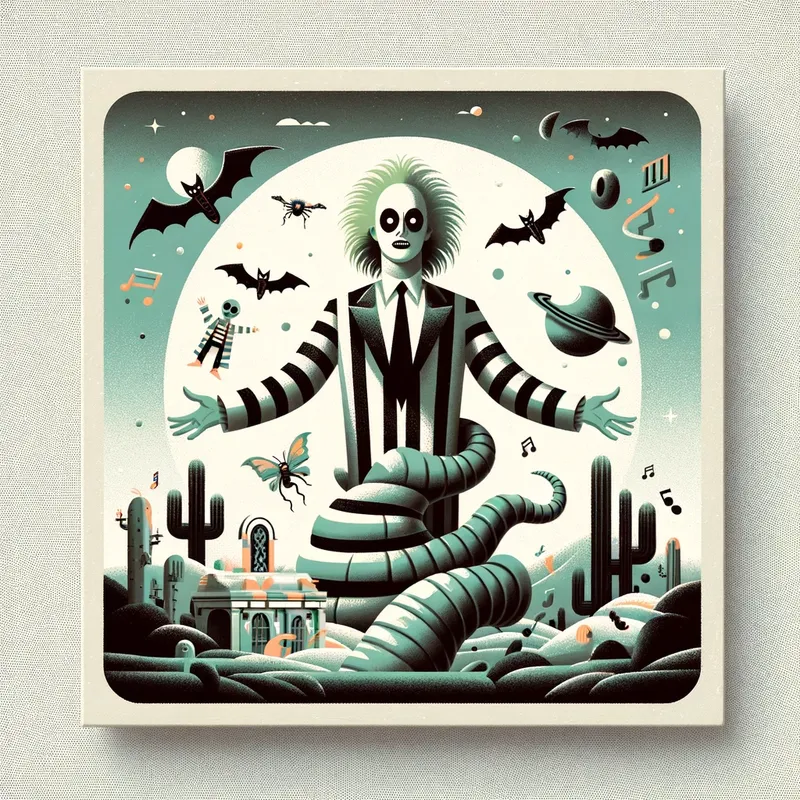Pulp Fiction Soundtrack – 8 Favorite Songs

The classic Quentin Tarantino film “Pulp Fiction” is celebrated for its unconventional storytelling, its iconic characters, and, of course, its unforgettable soundtrack.
The film introduced a generation to a slew of eclectic tracks, some of which were almost forgotten.
1. “Misirlou” by Dick Dale & His Del-Tones
The Story Behind the Song:
This song is the first thing you hear as the movie starts. Originally a traditional song from the Eastern Mediterranean region, it gained massive popularity when Dick Dale gave it an electrifying surf rock twist in the early 1960s.
Why It’s Memorable:
Its rapid, staccato guitar work and thrilling pace make it impossible to forget. After its feature in the movie, it enjoyed renewed popularity and became synonymous with the film itself.
Fun Fact:
Dick Dale was dared by a young fan to play a song on only one string of his guitar. The result? The iconic rendition of “Misirlou.”
2. “Son of a Preacher Man” by Dusty Springfield
The Story Behind the Song:
This track narrates the story of a young girl’s romantic memories with the son of a preacher. Its sultry rhythms and Dusty’s distinctive voice made it a classic of the 1960s.
Why It’s Memorable:
The song provides a perfect backdrop for the flirtatious interplay between Vincent Vega and Mia Wallace in the movie.
Fun Fact:
Aretha Franklin was initially considered for this song, but she turned it down. Ironically, after Springfield’s success, Franklin recorded her version.
3. “You Never Can Tell” by Chuck Berry
The Story Behind the Song:
Penned by rock ‘n roll legend Chuck Berry, this song speaks about a young, married couple and their modest beginnings.
Why It’s Memorable:
Who can forget the iconic dance scene with John Travolta and Uma Thurman at Jack Rabbit Slim’s? Their dance to this song is one of the most memorable moments of the film.
Fun Fact:
This was one of Berry’s favorite compositions, and he often remarked about the personal memories it evoked for him.
4. “Jungle Boogie” by Kool & The Gang
The Story Behind the Song:
A funky track from the early 70s, this song with its rhythmic beats and memorable brass sections became one of the defining sounds of that era.
Why It’s Memorable:
The song plays during the introductory scene of Jules and Vincent, adding a layer of coolness to their iconic characters.
Fun Fact:
“Jungle Boogie” was Kool & The Gang’s first major hit, setting the stage for their future successes.
5. “Girl, You’ll Be a Woman Soon” by Urge Overkill
The Story Behind the Song:
Originally by Neil Diamond, this track was covered by Urge Overkill in the 90s, giving it a modern rock twist.
Why It’s Memorable:
It perfectly complements the scene where Mia Wallace dances alone in her house, moments before her overdose.
Fun Fact:
Neil Diamond was initially skeptical about the cover but later admitted to loving this rendition.
6. “Flowers on the Wall” by The Statler Brothers
The Story Behind the Song:
This country song with its catchy chorus and lyrics about counting flowers on the wall and playing solitaire became a quick hit when released in the 60s.
Why It’s Memorable:
It provides a humorous backdrop in the film as Bruce Willis’s character, Butch, drives away, having just double-crossed Marcellus Wallace.
Fun Fact:
Despite its upbeat tempo, the song has been interpreted as a tale of loneliness and isolation.
7. “Bustin’ Surfboards” by The Tornadoes
The Story Behind the Song:
One of the earliest surf rock instrumental tracks, it evokes the feeling of riding the waves with its reverberating guitar sounds.
Why It’s Memorable:
It plays in the background during one of the film’s intense moments, providing a stark contrast to the tension unfolding on the screen.
Fun Fact:
The Tornadoes were pioneers in the surf rock genre, with this track being one of their most iconic.
8. “If Love is a Red Dress (Hang Me in Rags)” by Maria McKee
The Story Behind the Song:
A melancholic ballad with soulful lyrics and a haunting melody.
Why It’s Memorable:
It plays in the background at the bar where Marcellus Wallace and Butch have their fateful encounter.
Fun Fact:
Maria McKee, the lead vocalist, gained significant recognition after this song’s feature in the movie, leading to a surge in her solo career.


